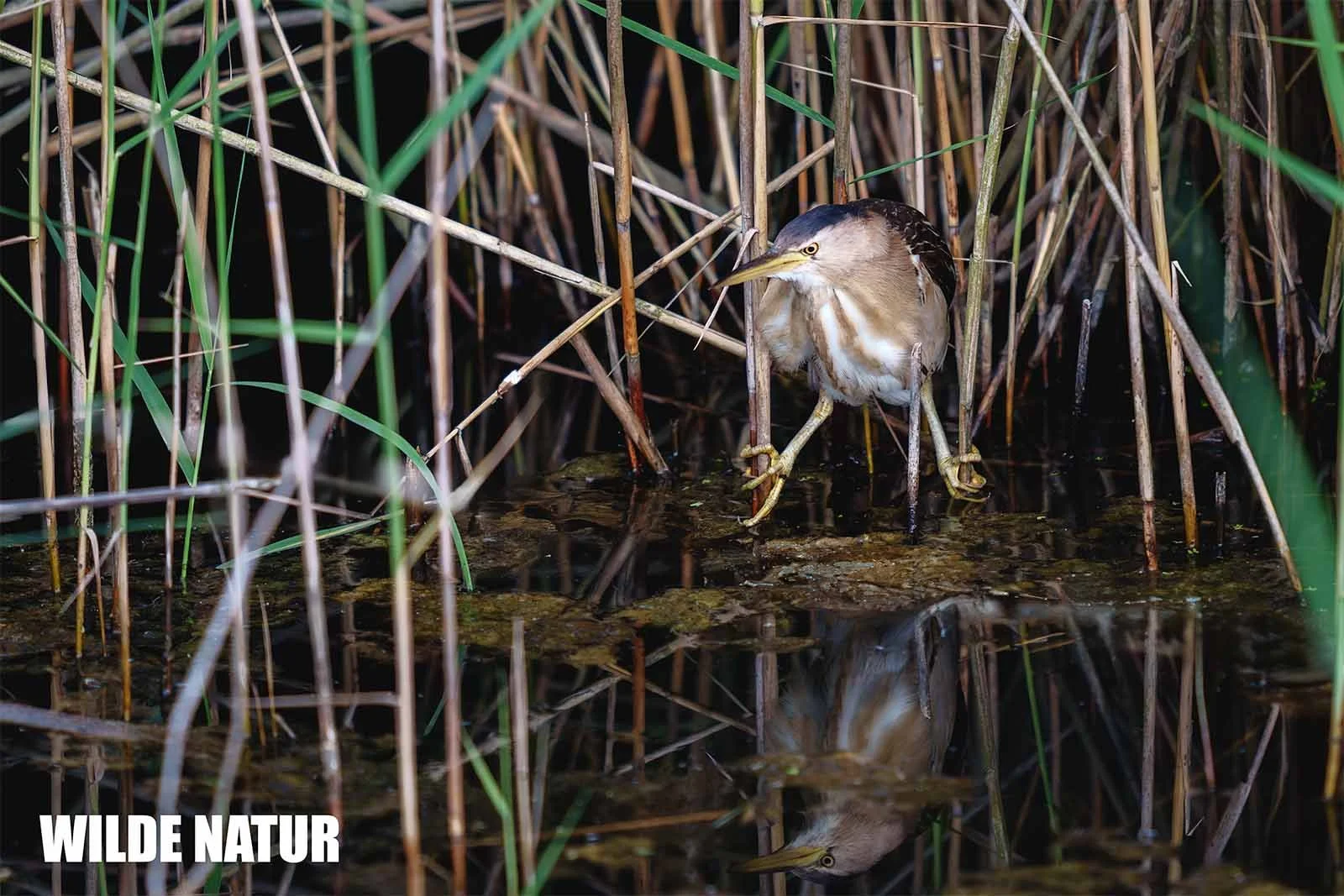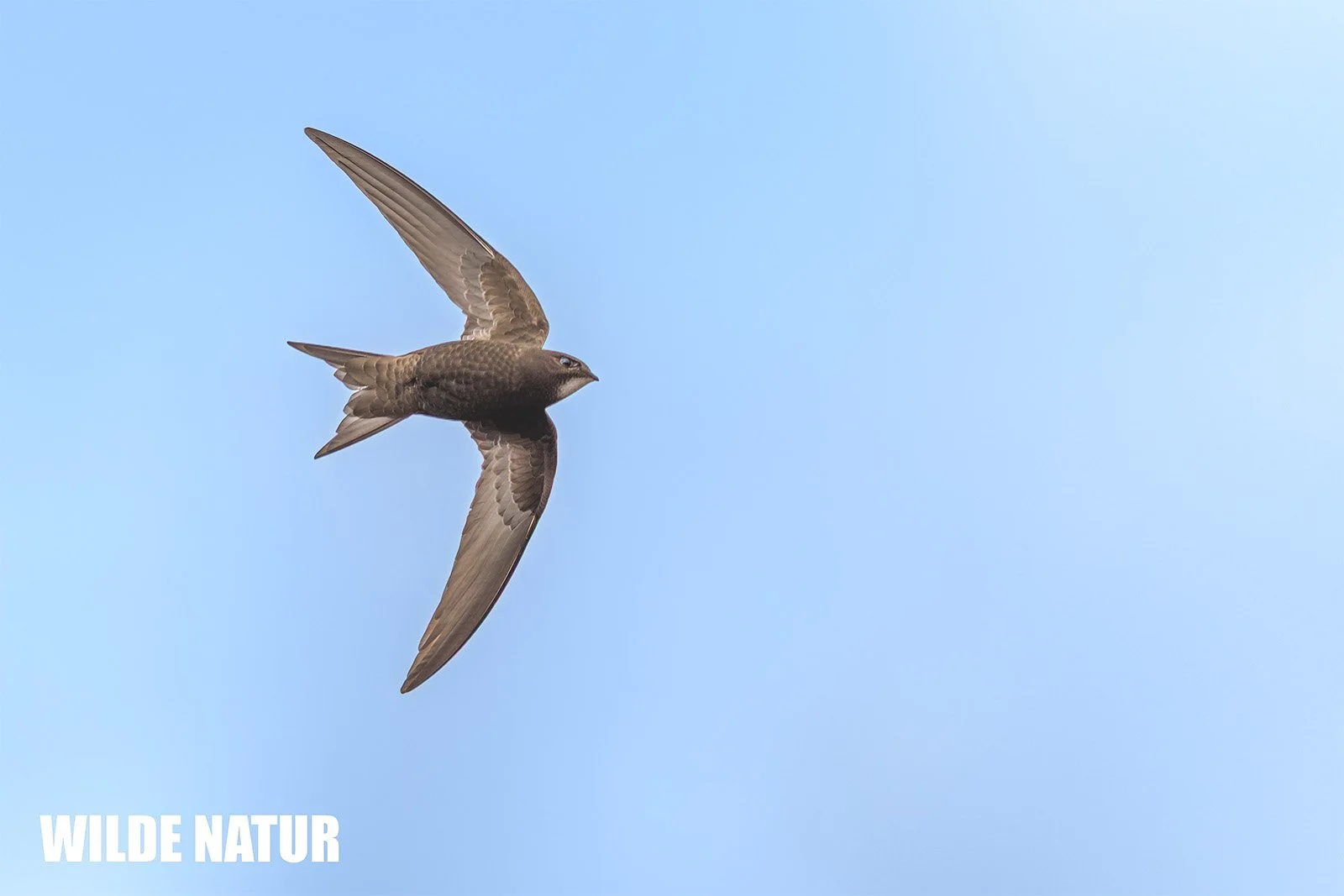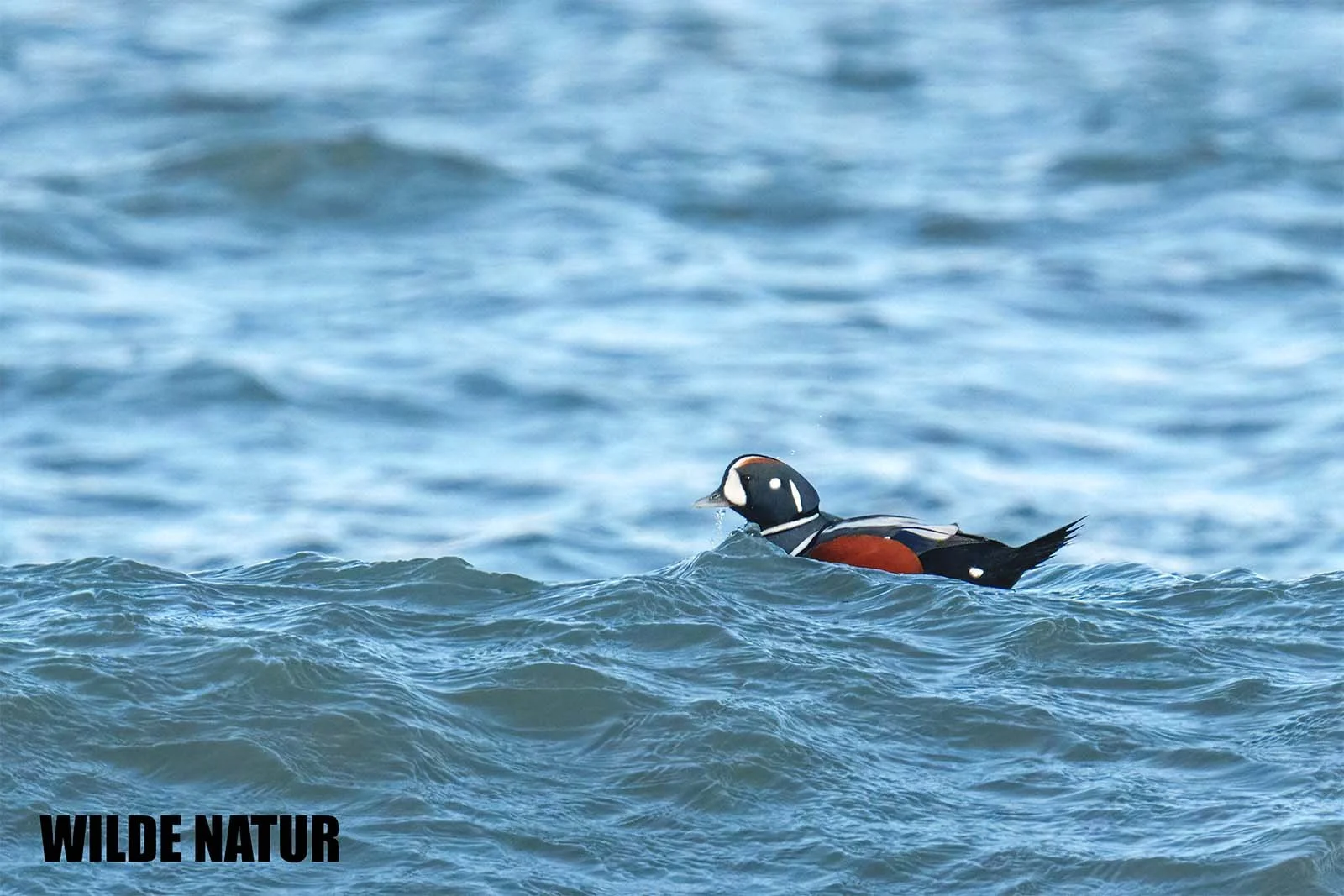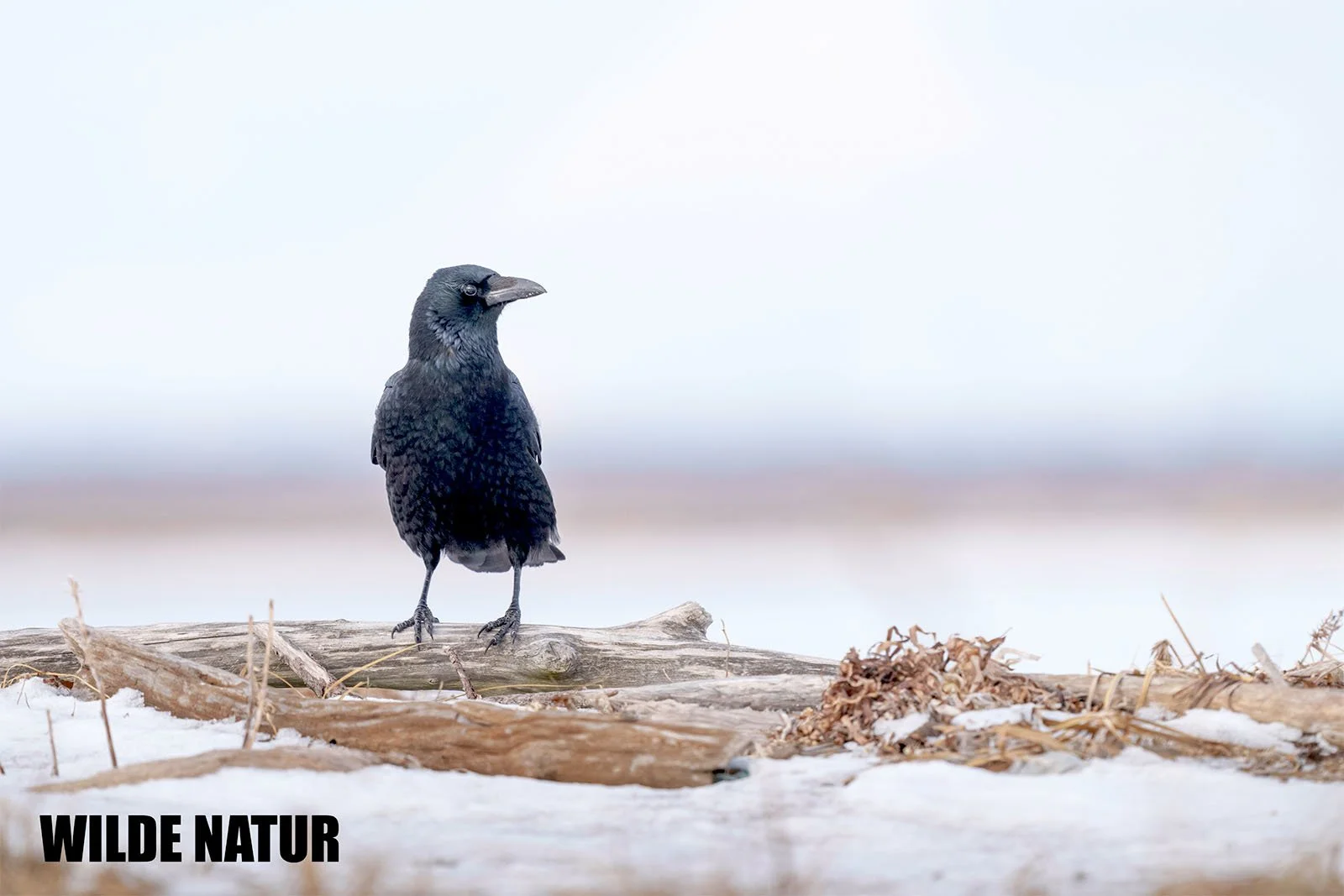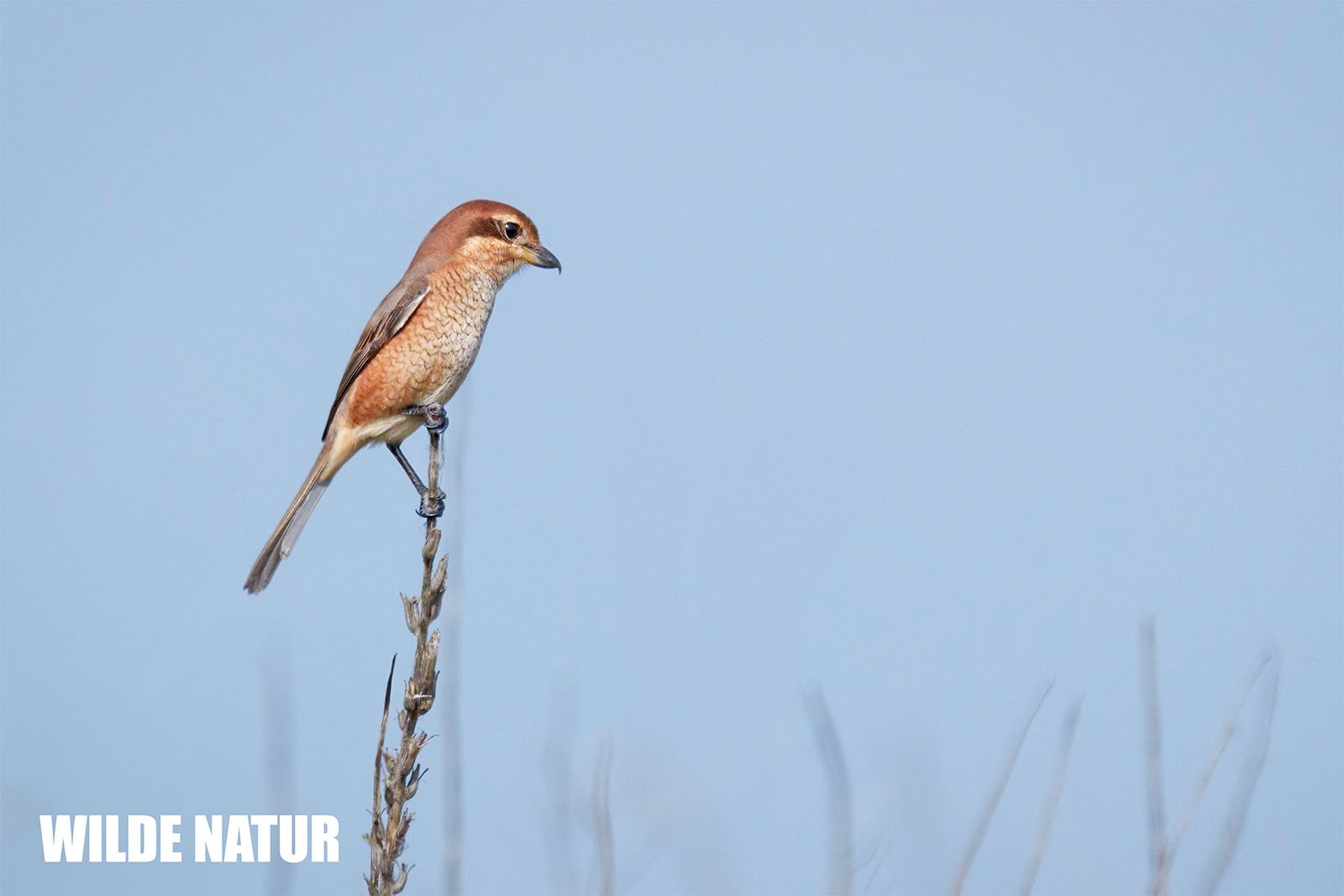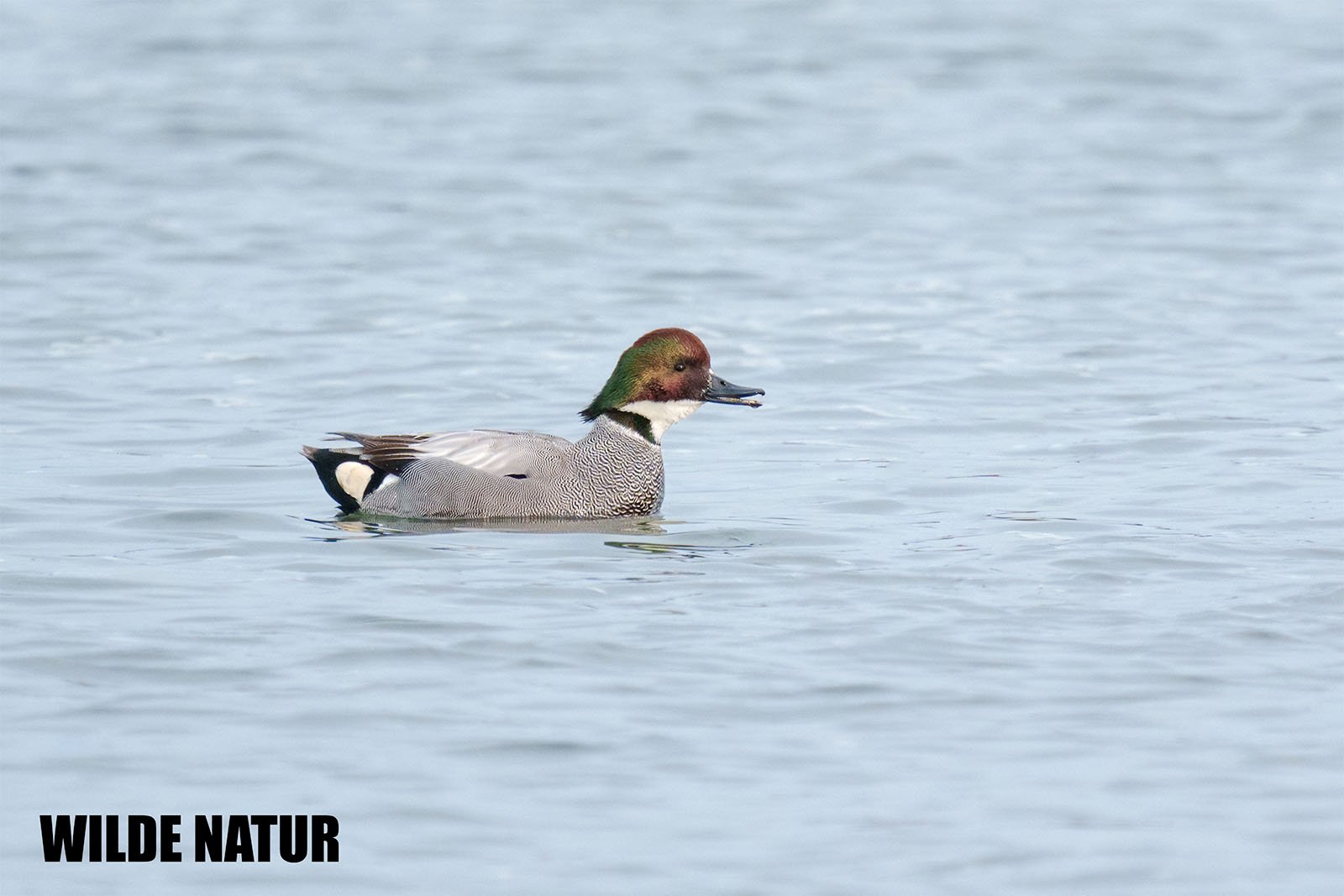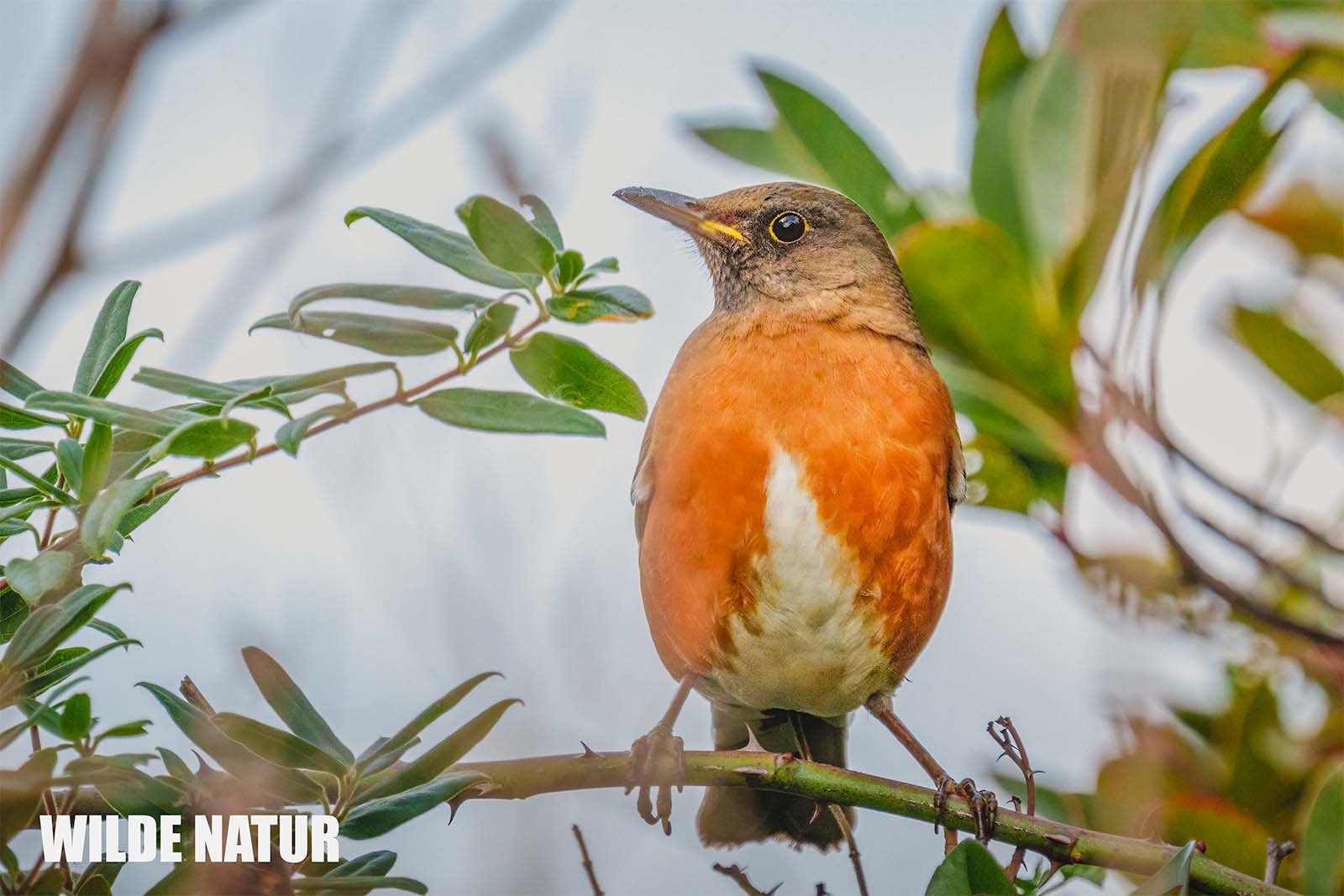Whooper swan (Cygnus cygnus)
Whooper swan (Cygnus cygnus) - This photo was taken in Japan, Hokkaido
Key data
Size: 145 – 150 cm
Weight: 7 – 12 Kg
Diet: aquatic plants, grasses, roots
Season: resident bird
Observation tip: Iceland, Scandinavia, Japan to Siberia
Photography tips:
Lens: 200 mm or greater
Difficulty level: easy
The Whooper swan (Cygnus cygnus) is a large waterbird species, with a wingspan of up to 2 meters and can weigh up to 12 kilograms. They have a long, slim neck and a graceful figure, accentuated by their white plumage. Their bill and legs are black, and the base of the bill is yellow. They mainly breed in the Eastern European and Siberian taiga, but can also be observed in Central Europe during autumn and winter. They are regular winter guests in coastal areas and the North German lowlands. In recent times, occasional breeding and longer stays in Central Europe have also been observed. The winter migration begins in October, and the swans return to their breeding grounds from March.
Whooper swans and Bewick's swans have many similarities in their feeding habits, as they mainly consume aquatic plants and occasionally small animals. On land, they are surprisingly agile and mainly feed on grasses and roots. Unlike Bewick's swans, Whooper swans rarely prefer agricultural fields and tend to search for rapeseed fields instead.
Whooper swans typically build their nests on lakes, rivers, or floodplains in the Siberian taiga. During the breeding season in April/May, they defend their territory against other swans and predators. The female lays 5-6 yellowish-white to bluish eggs, which she incubates alone. The chicks follow the mother immediately after hatching and are cared for by both parents. The cygnets have a grey-brown plumage and are capable of flight after 90 days. However, they remain with their family throughout the winter. Whooper swans can live up to 8 years, sometimes longer if they are kept in captivity.



